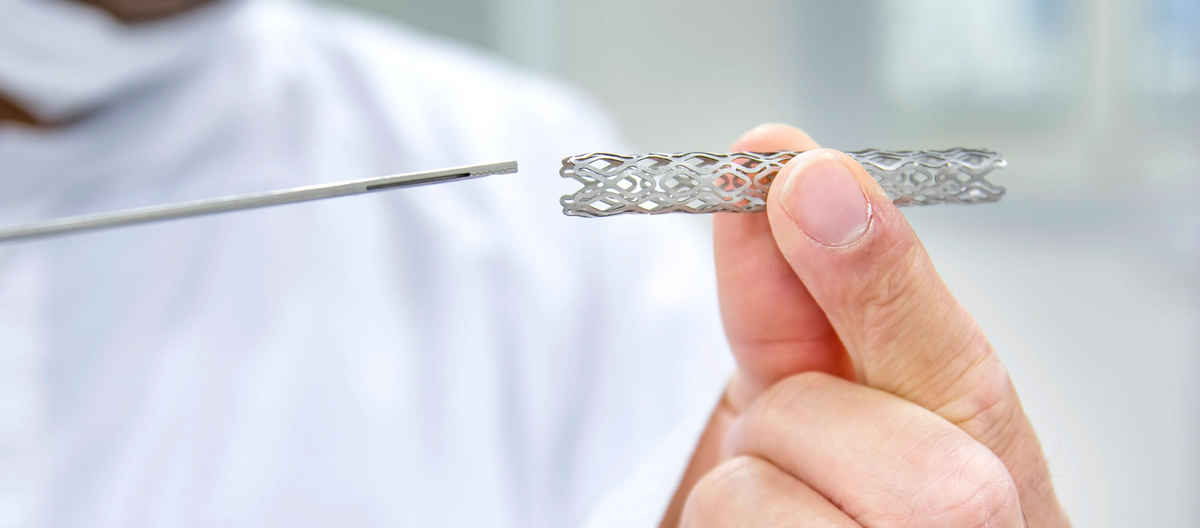Why we need contrast to perform angioplasty?
- Angiography and angioplasty are Xray based techniques to see the lumen of blood vessels and to operate inside this lumen of the blood vessels.
- We inject iodine based dye, which we also called as contrast. This iodine based liquid creates a black shadow on the xray, and make it visible.
- So, by injecting contrast, I am able to see the lumen of the blood vessel in angiography and angioplasty.
- read more on Angiography and angioplasty on Here.
What is the possible side effects of contrast ?
- Iodine based dye do have possible side effects on the kidney. Most feared side effect is renal failure with increase in s.creatinine. S. Creatinine is the marker of kidney function.
- Unfortunate patient may develop total renal shutdown and may require dialysis also.
- Although the overall chances of having this adverse effect is very less, diabetics, dehydrated patients and patients with previous underlying kidney diseases are prone to develop this.
How to prevent contrast induced kidney damage ?
We prevent Contrast induced kidney damage by maintaining adequate hydration of the patient, by choosing renal friendly contrast and by giving specific medicines prior to procedure.
If I am not giving a single drop of contrast then how I perform “Zero contrast angioplasty” ?
- The basic need of giving contrast in angioplasty is to identify the block location, severity, length of the block and required sizing of the balloon and stents.
- The contrast does not give enough information about the material deposited within the wall of the blood vessel.
- We use intracoronary Imaging which provides all the details required to perform angioplasty. Intracoronary imaging also gives the information of the materials deposited within the vessel wall and actual size of blood vessel.
- We put wires in different branches of the target arteries to create the landmarks and avoid giving dye.
IVUS
- IVUS is one of the method for Intracoronary Imaging. IVUS stands for IntraVascularUltraSound. We pass a wire inside the blood vessel and over which we pass an IVUS catheter. This IVUS catheter has capacity to perform sonography of the blood vessel from inside.
- By doing IVUS, we get all the details required to perform the angioplasty and we do not need to inject contrast at each and every steps of the angioplasty.
- IVUS guided angioplasty is also superior to conventional angioplasty. Because of better and perfect sizing information, appropriate size of the balloon and stent can be selected. This gives very good stent result and very less chances of stent failure in the future.
IVUS guided angioplasty vs Zero contrast Angioplasty.
- Many people do ask that how IVUS guided angioplasty and Zero contrast angioplasty differs.
- We use IVUS in both. While IVUS guided angioplasty is using IVUS to help better selection of hardware, it also uses contrast at each and every step.
- One of our patient did ask a very good question. Why don’t you perform Zero contrast angioplasty in all patients, if contrast is a risk.
- Yes, it can be. But at present, very few centres have expertise to perform IVUS. Very few Cathlab centred do have IVUS facilities. IVUS procedure also incurs additional cost of IVUS catheter. Those operator who have not performed hundreds of IVUS based angioplasty, will not be able to deliver the good result.
Any adverse effects of IVUS on the patient?
No, IVUS uses sound waves and it does not have any real time or later side effects on the human body.
Case example
- Mr JT, young male with history of Heart attack with two vessel blockages. He underwent conventional angioplasty to one vessel at other centre. Post this angioplasty he developed acute renal failure with need for the dialysis.
- Now he came to us after 2 months. His kidney functions are completely normal. He still needs angioplasty to his second blood vessel, as the blockage was very critical.
- He was very much afraid of kidney damage due to dye/contrast and avoiding necessary angioplasty with the risk of major heart attack.
- We offered him Zero Contrast Angioplasty, showed him how we will perform the procedure. After seeing our pool of patients with IVUS Guided Angioplasty, he got convinced.
- He successfully underwent Zero contrast Angioplasty to his second blood vessel without a single drop of contrast.
Who should consider Zero contrast Angioplasty?
- Patients with pre-existing kidney damage with raised S.Creatinine
- Patients with diabetes
- Patients with prior contrast induced kidney damage and now with normal kidney function but at risk of developing another insult if contrast is given.
thanks
